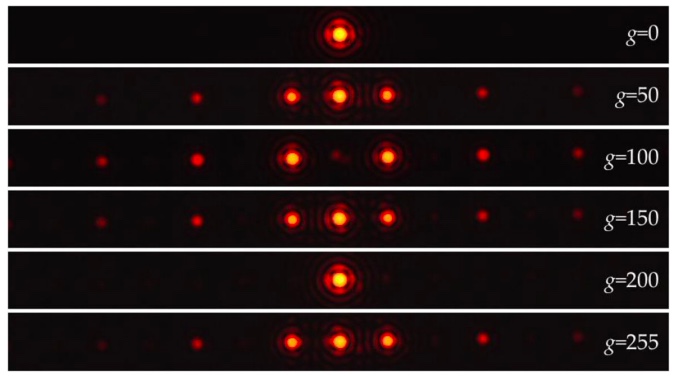New paper in JEOS-RP with a simple method to evaluate the pixel crosstalk in LCSLMs cause by fringing field effect
 Our last work is published in the Journal of the European Optical Society – Rapid Publications, entitled Simple method to evaluate the pixel crosstalk caused by fringing field effect in liquid-crystal spatial light modulators.
Our last work is published in the Journal of the European Optical Society – Rapid Publications, entitled Simple method to evaluate the pixel crosstalk caused by fringing field effect in liquid-crystal spatial light modulators.
The technique is a reverse engineering method that does not require information about the microscopic physical parameters of the liquid-crystal material or details of the fabrication and electronics of the display. Instead, it is based on the overall effect on the diffraction efficiency of displayed binary phase gratings as a function of the addressed gray level. We show how the efficiency of the zero (DC) and first diffraction orders provides valuable information enough to identify and quantify the pixel crosstalk. The technique is demonstrated with a modern phase-only liquid-crystal on silicon (LCOS) spatial light modulator (SLM), illustrating the limitations that this effect imposes to the spatial resolution of the device and providing quantitative measurement of the impact on the diffraction efficiency.
The work has been done in collaboration with our colleagues Prof. Jeffrey A. Davis and Prof. Don M. Cottrell from San Diego State University.